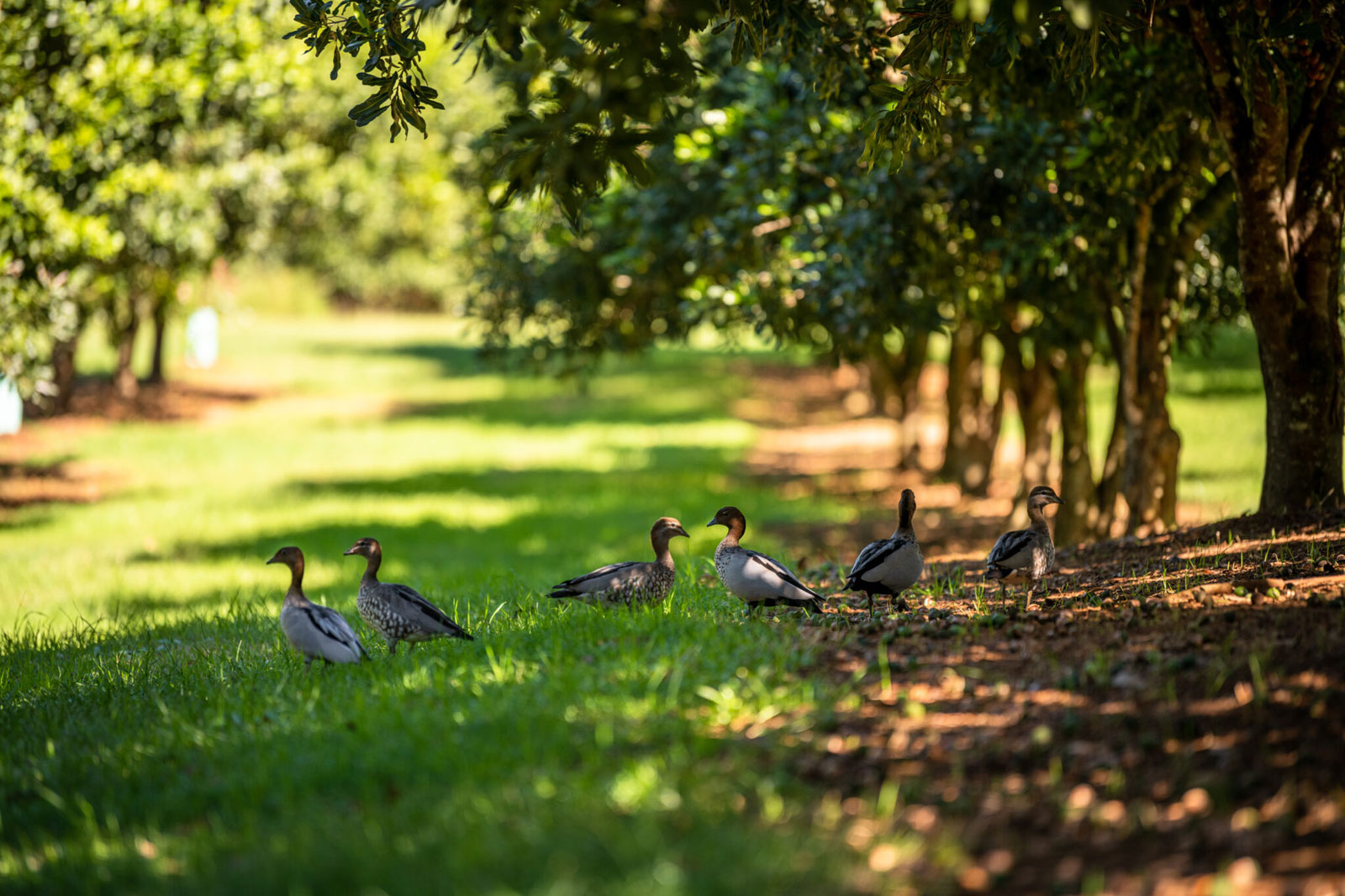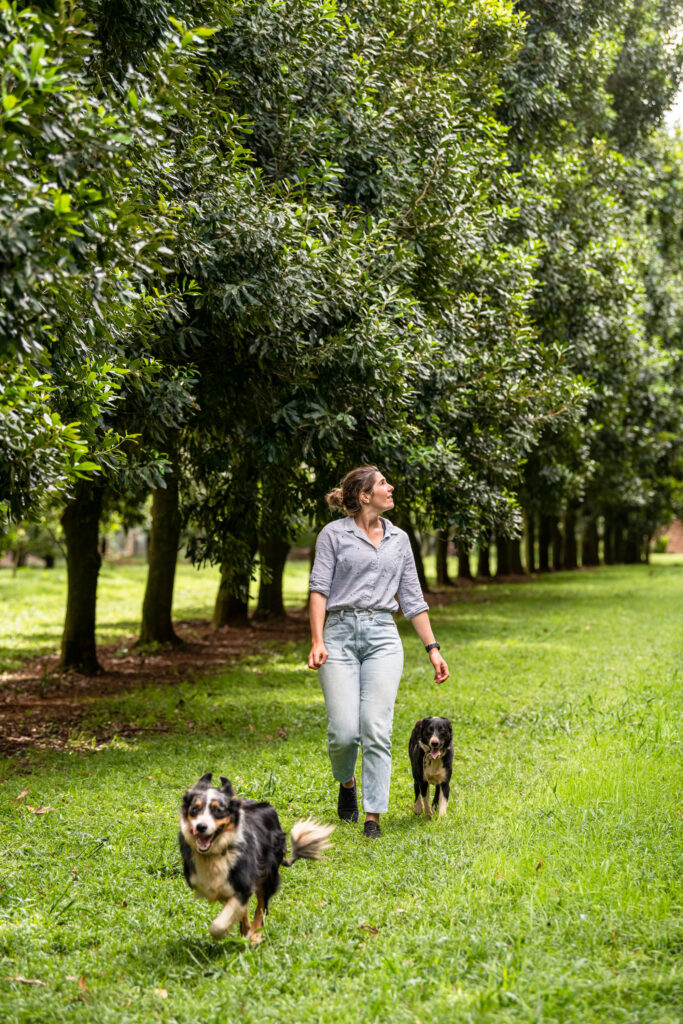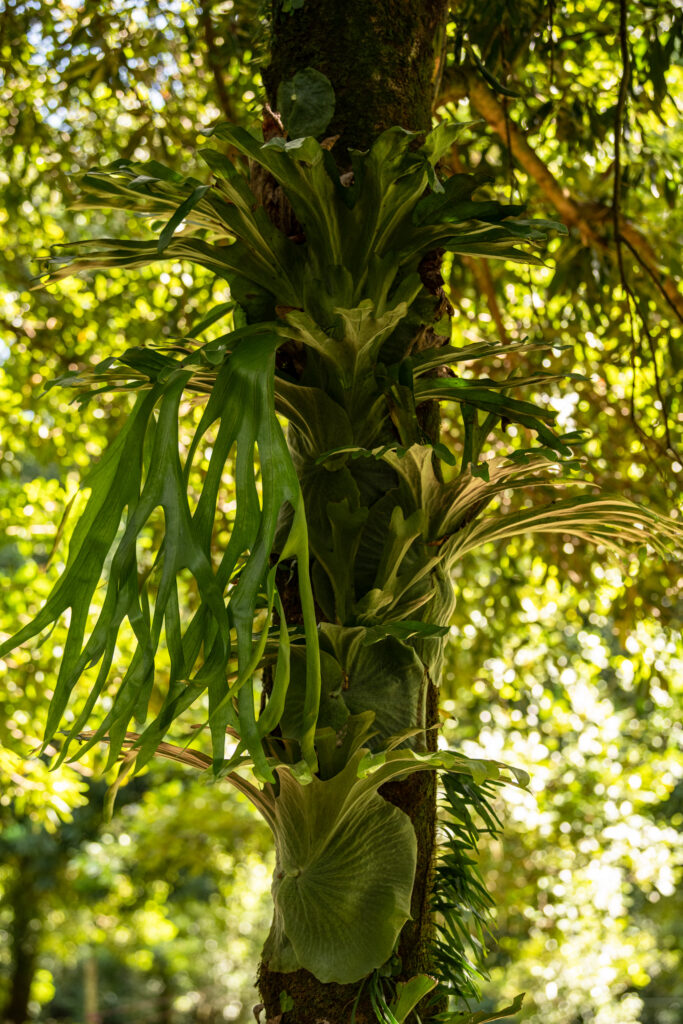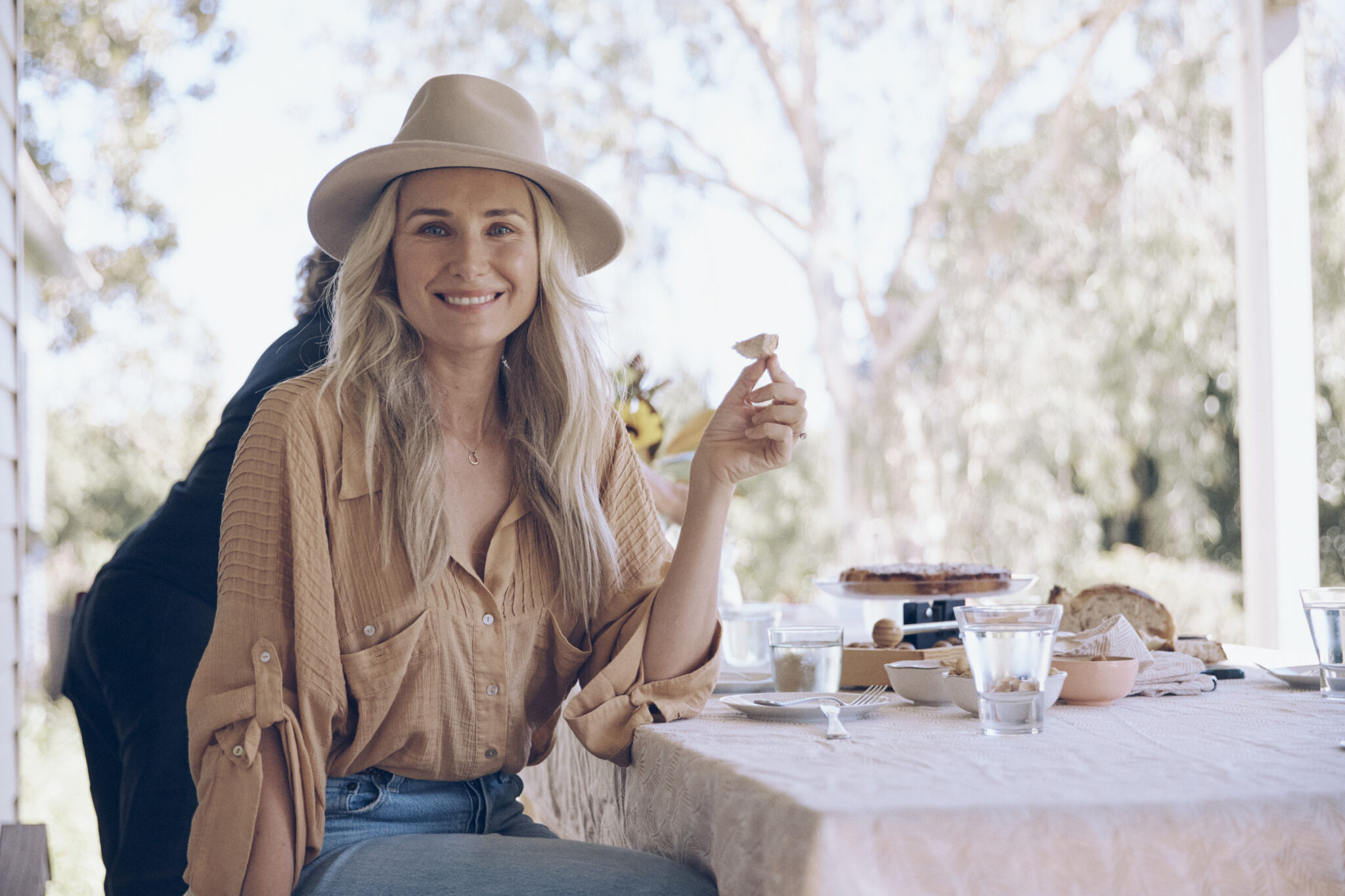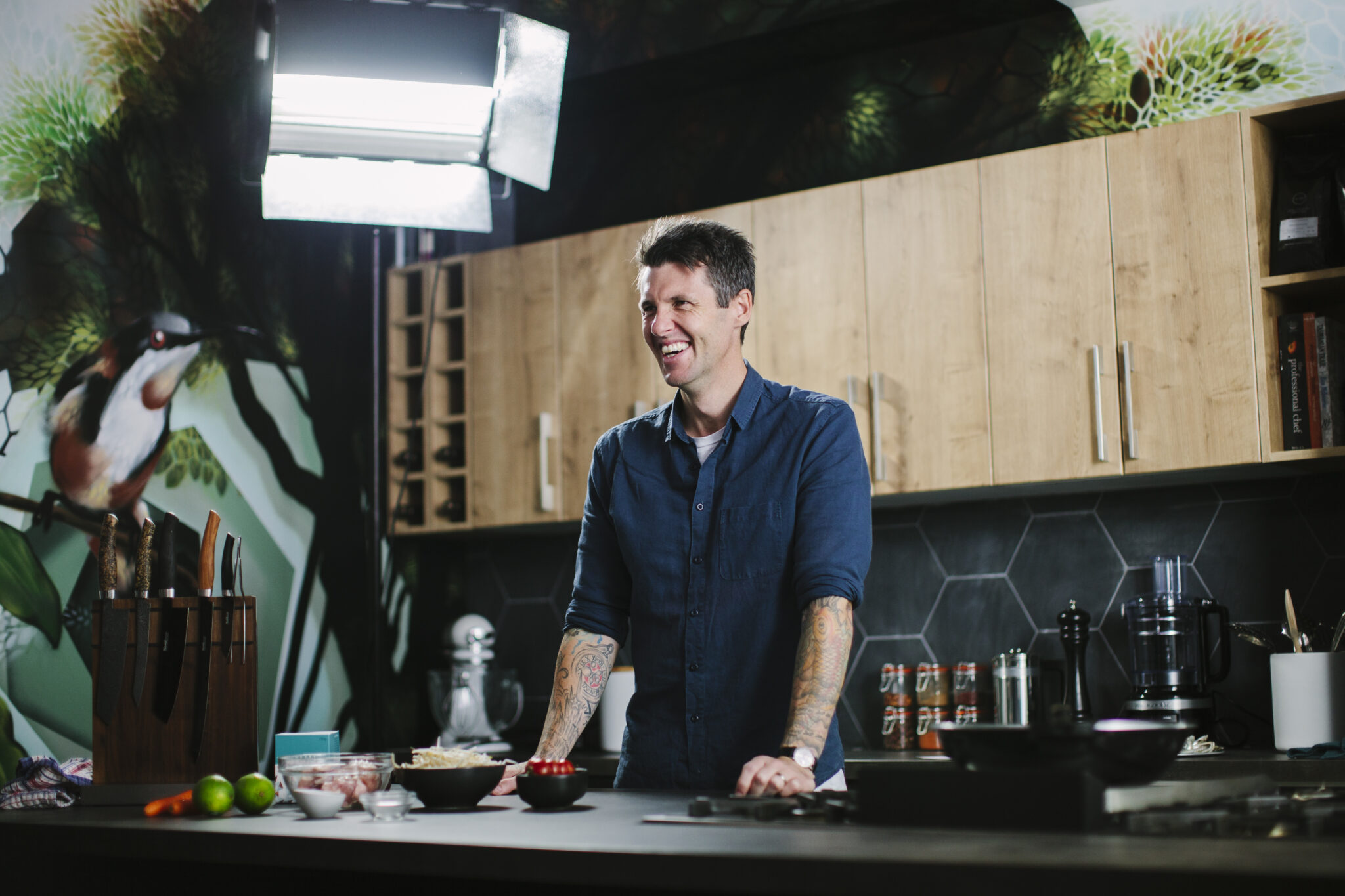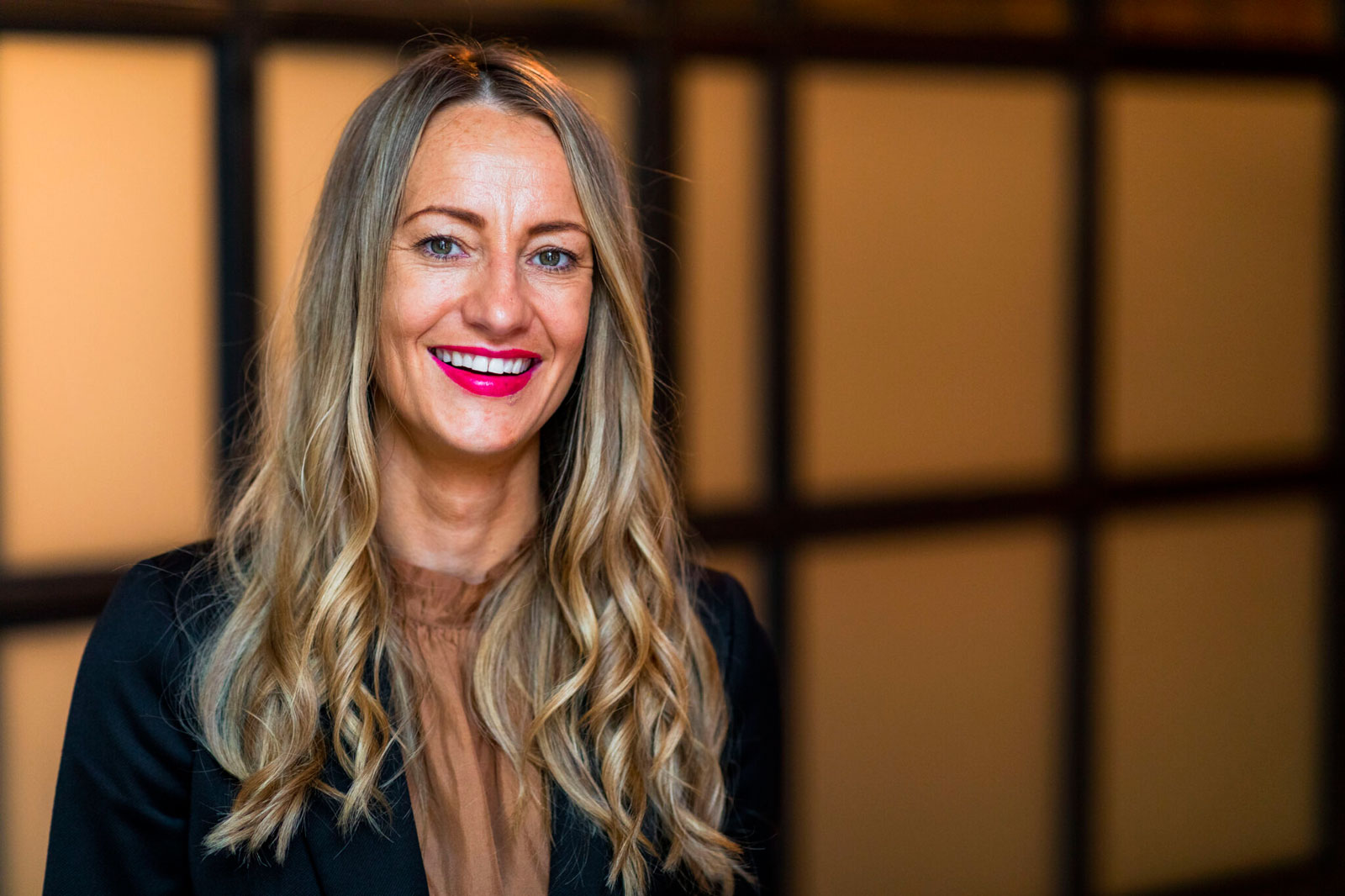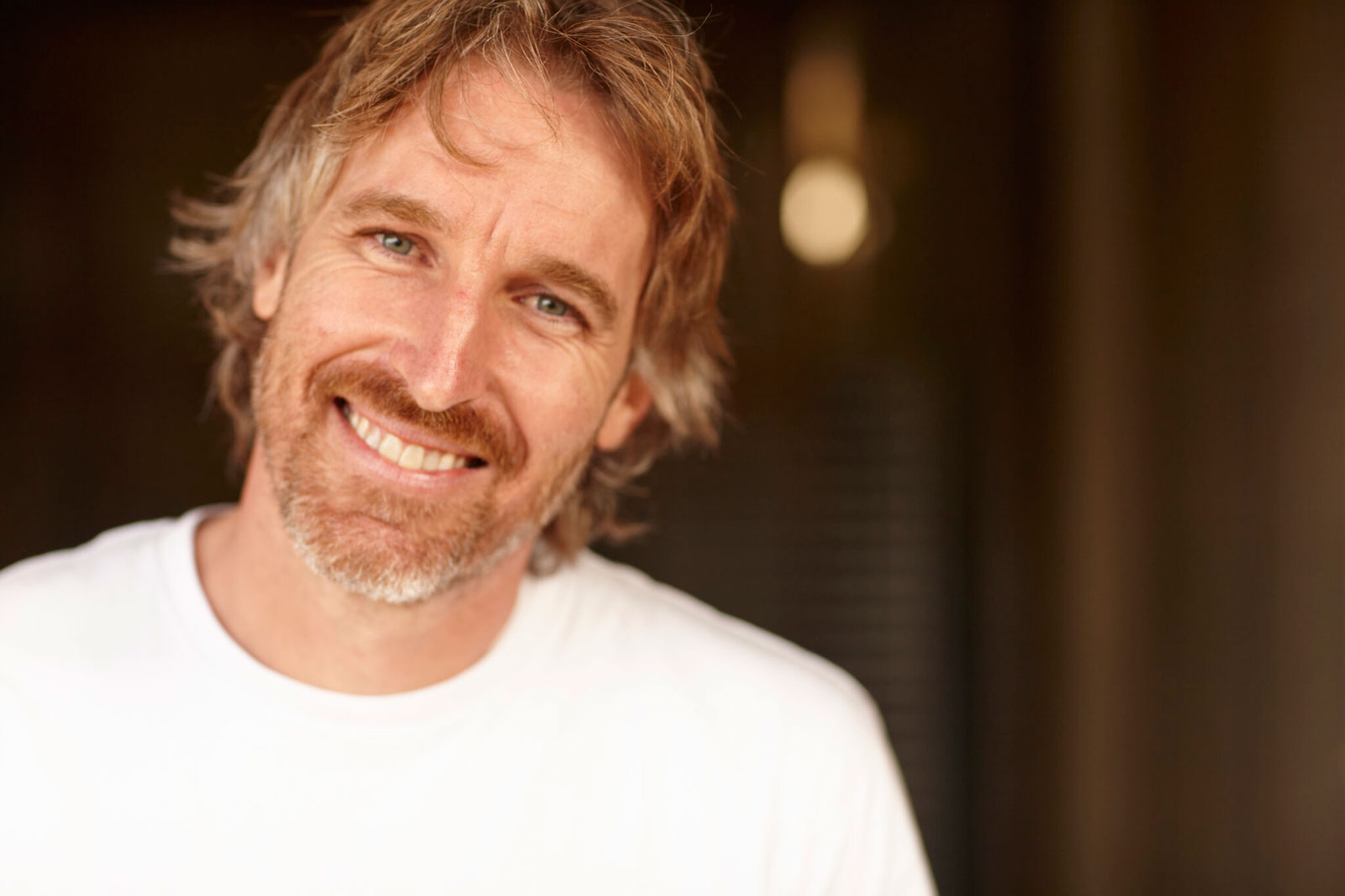If you’ve ever wondered where the macadamia nuts you love to eat come from, we’ve got all the answers you’ve been looking for.
Here is your definitive guide to where macadamia nuts are grown in Australia.
Native to Australia, macadamias have been growing wild here for 60 million years. No other country in the world has wild macadamia trees.
European settlers established Australia’s first macadamia orchards in the 1800s, cultivating the nuts over generations into the commercial varieties we know now.
Today, the modern macadamia industry has an estimated 11 million trees, covering an area of 38,000 hectares mostly along Australia’s east coast.
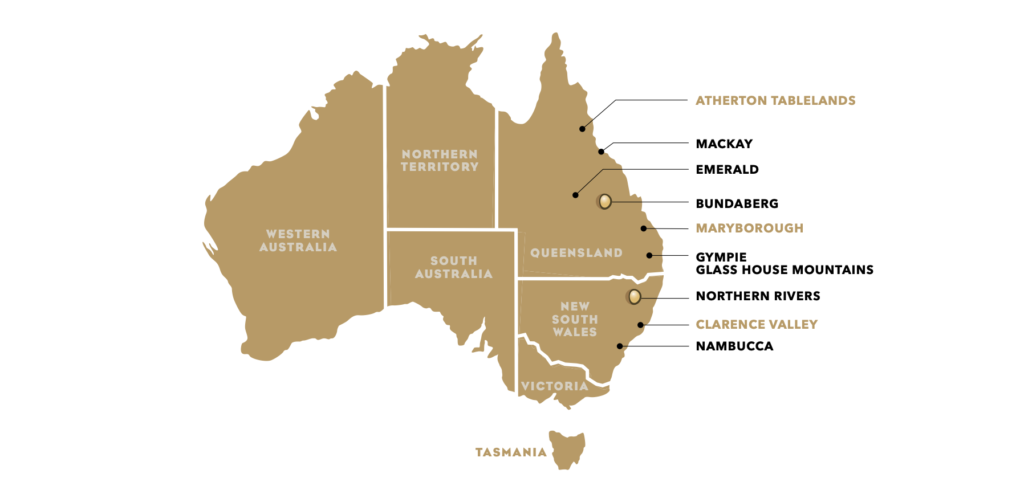
Macadamia Nut Growing Regions, Australia
Where are macadamias grown? Mid North Coast, New South Wales
The Mid North Coast region of New South Wales, stretching from the Nambucca Valley north to Woolgoolga, is one of the newer macadamia growing regions in Australia. This area is home to approximately 1,200 hectares of macadamia trees, which are often grown alongside other crops like lychees, bananas and blueberries.
Growing mostly newer varieties, locals claim they produce the ‘best tasting macadamia nuts in Australia’.
Coffs Harbour, famous for The Big Banana, is the major centre in this region. But most farms are located in the Nambucca Valley, to its south. Coffs Harbour is easily accessible via the Pacific Highway. It’s a six-hour drive from Sydney and four hours from Brisbane. Alternatively, you could take the scenic Waterfall Way through inland NSW or fly into Coffs Harbour airport. Detour from the highway and linger in places like Valla, Macksville and Nambucca Heads to get a feel for this part of macadamia country. There are plenty of bush and beach activities to enjoy, authentic first nations experiences that reveal the ancient history of the area, wildlife sanctuaries and, of course, delicious seafood.
When passing through the Mid North Coast, look for local macadamias at retailers, gourmet food stores and farmers’ markets.
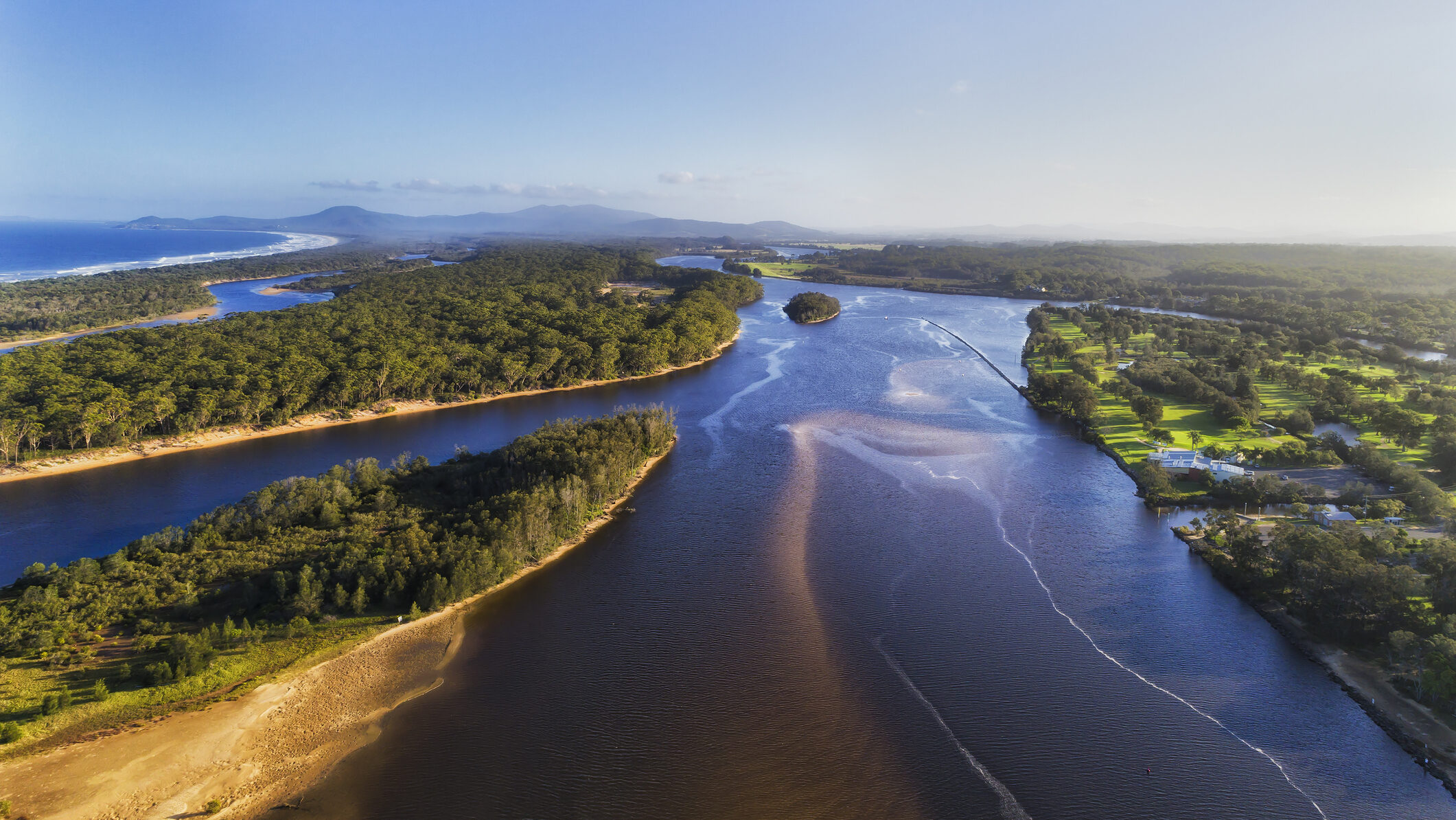
Where are macadamias grown? Northern Rivers, New South Wales
The modern macadamia industry was born in the Northern Rivers of NSW when the first commercial macadamia orchard was planted in Lismore in the 1880s. The Northern Rivers is the perfect location to grow the crop, due to its good annual rainfall and fertile, volcanic soils.
Until 2016, when it was eclipsed by Bundaberg, the Northern Rivers was the largest macadamia growing region in Australia. With such a history and many family orchards, this region is still the heart of the industry, and growers here are leaders in sustainable, regenerative orchard practices.
Famous for lush, natural beauty, including subtropical rainforests and sparkling waterways, this region is home to Byron Bay and the surrounding hinterland, a mecca for the rich and famous. Visitors are attracted by the many deluxe spas and exciting places to be pampered as well as the abundant water-sporting opportunities.
This region is a haven for foodies of all kinds, tempting visitors with delicious local produce (avocados, coffee, tea, bush foods, herbs, lychees and a range of tropical fruits all grow here), a flourishing café culture, fabulous farmers markets and thriving micro-breweries and distilleries.
You’ll drive past extensive macadamia plantations if you visit places like Bangalow, Dunoon, Clunes, Rosebank, Alstonville, Wollongbar, Tregeagle, Lindendale or Yarrahapinni. Check out this list of farms in the area open to visitors.
You can sample local macadamias at The Farm at Byron Bay, try the celebrated Mac Liquor at the Cape Byron Distillery or try some of the ideas on this list for a great day out in Macadamia Country.
Easily accessible by flying into Grafton, Lismore, Ballina or the Gold Coast or get there via a classic road trip along the Pacific Highway.
Where are macadamias grown? Gympie and the Glass House Mountains, Queensland
Just north of Gympie is a little town called Bauple. It was here in 1885 that European settlers discovered a very edible native nut. At the time, locals called it the “Bauple” nut, but now we know it as the macadamia.
Mount Bauple has been widely acknowledged as the ancestral home of the macadamia. Today’s trees are bred from the genus found in this area. For this reason, some locals still call macadamias Bauple nuts. You can make a pilgrimage to the ancient ancestral home of the macadamia by visiting Gympie, Wolvi and Lower Wonga.
Further south, the Sunshine coast hinterland is home to 11 ancient volcanic peaks. Don’t worry, these mountains are 25 million years old and no longer erupting, however, they are perfect for trail running, hiking and bike riding. They also leave a legacy of rich volcanic soils. Combined with the subtropical climate, these are perfect for growing macadamias, pineapples, strawberries and plenty of other delicacies.
Drive through the Glass House Mountains, Beerwah, Peachester and Elimbah to see farms in action, but make sure you take your time so you can stop at some of the many quaint villages in this area. This local’s guide showcases some of the best experiences, but if it’s macadamia themed-fun you’re after, look no further than our guide to the most authentic macadamia experiences in Queensland right now.
Gympie is a comfortable two-hour drive up the Bruce Highway from Brisbane and a 40-minute drive from Noosa. Rail services from Brisbane operate daily. The region is an hour by car from the Sunshine Coast Airport, which is an hour’s drive north of Brisbane and has daily flights from most domestic airlines.
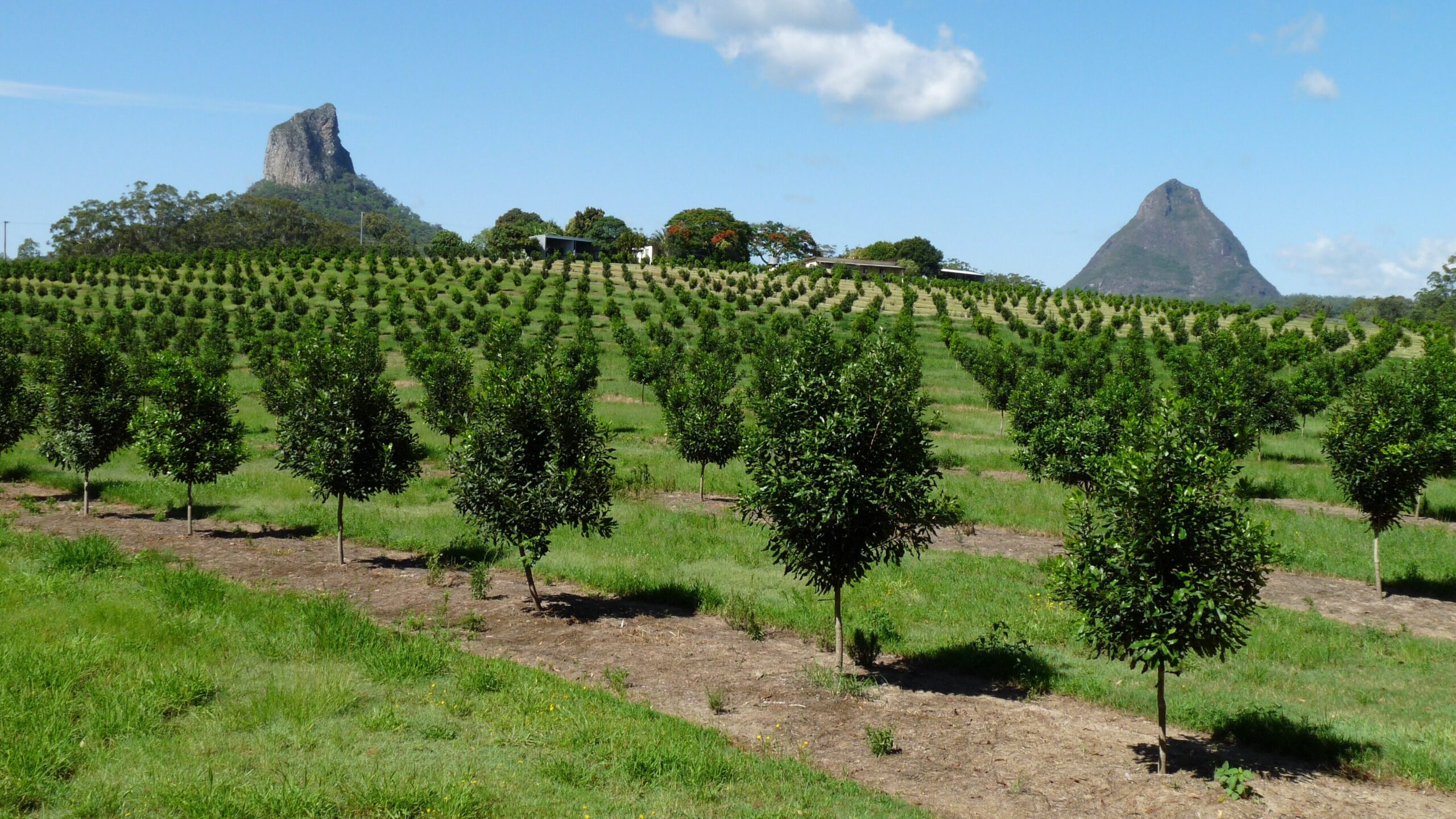
Where are macadamias grown? Bundaberg Region, Queensland
The Bundaberg region is a powerhouse when it comes to growing macadamias – and just about everything else! Locals boast that in Bundy the soils are so good almost anything will grow. With so much local produce on offer, Bundaberg is a food-lover’s paradise.
Macadamias regularly feature on the menus of cafés and restaurants in town and throughout the region.
Bundaberg’s flat topography and abundant water from the Burnett River made the perfect landscape for growing sugar cane, an industry that fuelled the region’s early European history. However, since the 1990s many growers have replaced cane crops with macadamia orchards. As a result, macadamia production in Bundaberg grew almost fivefold from 2000 to 2016, making it Australia’s largest macadamia growing region.
Bundaberg sits at the southern tip of the Great Barrier Reef, so its pristine beaches are perfect for scuba diving and snorkelling. Make sure you bring your underwater camera as these waters are rich with marine life.
The destination also prides itself on its sustainability initiatives and green credentials, making it a planet-friendly holiday choice. It is also the perfect base for exploring award-winning reef accommodation like the underwater cabins in the Lady Musgrave experience or the acclaimed eco-resort on Lady Elliot Island.
You can visit Bundaberg, Childers, Fairnsfield, Welcome Creek and Bucca to see local farming. However, the visitor’s centre nestled in the Macadamias Australia orchard just outside Bundaberg town centre is a must-see for any macadamia-lover. The venue is powered by green energy from macadamia shells, and pays homage to the versatility of macadamia wood and the great taste of the nut. Make sure you visit in spring to see the macadamia orchards in blossom.
You can fly into Bundaberg regional airport, or take the train from Brisbane.
Look for Bundaberg-grown macadamias in restaurants, stores and cafés.
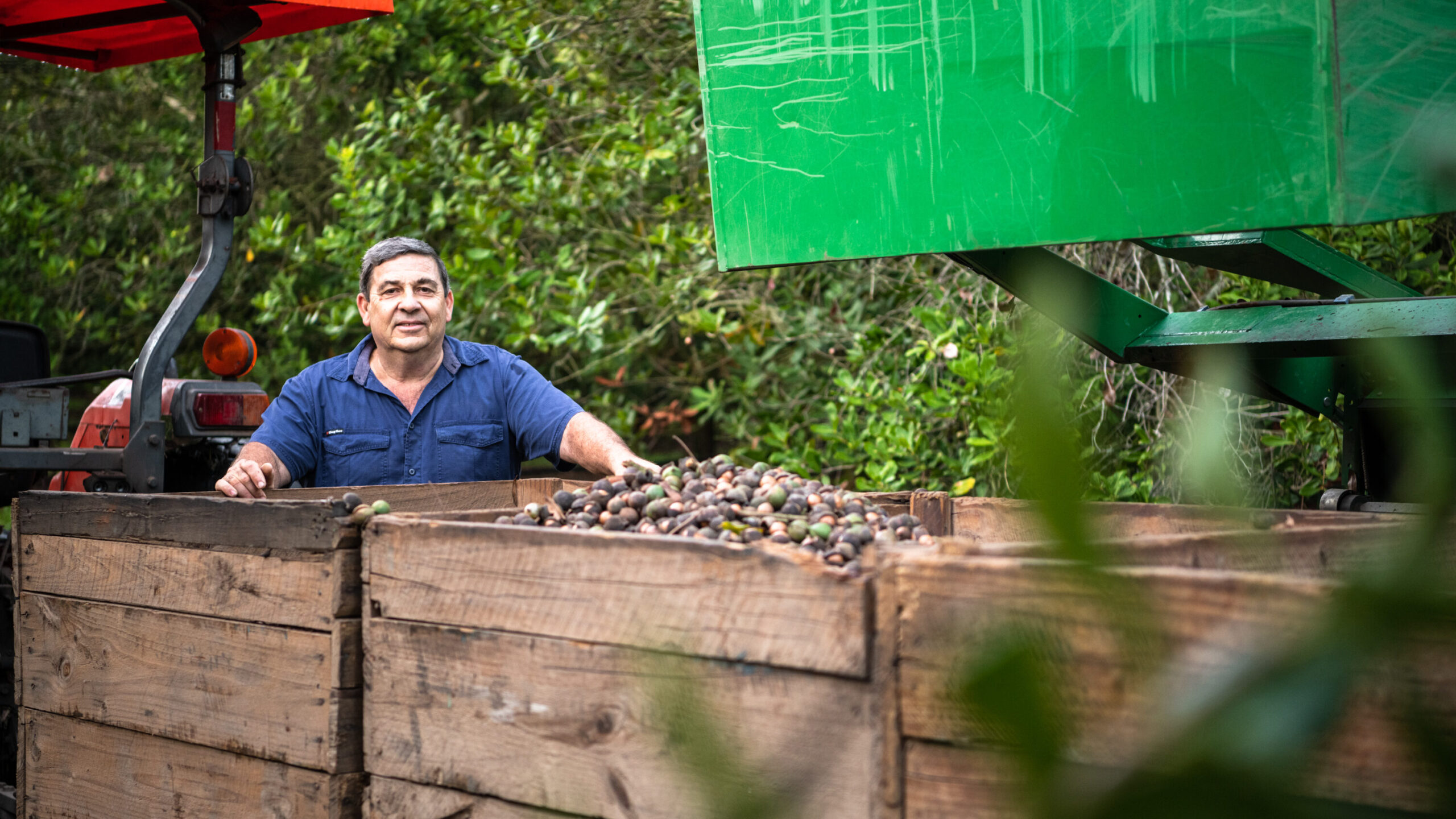
Other macadamia growing areas to note
- Did you know Australia has macadamia growers in Emerald and Mackay in Far North Queensland, and in Quindalup and Cowaramup in Western Australia? Look out for them next time you are in those areas!
- Medowie Macadamia is a macadamia farm and café located just two hours north of Sydney or 30 minutes north of Newcastle in New South Wales. The farm was established in the 1980s and grows five varieties of macadamia. Offering farm-made macadamia ice cream, an outdoor play area and quality coffee, this macadamia orchard is a tasty place to visit all year round.




